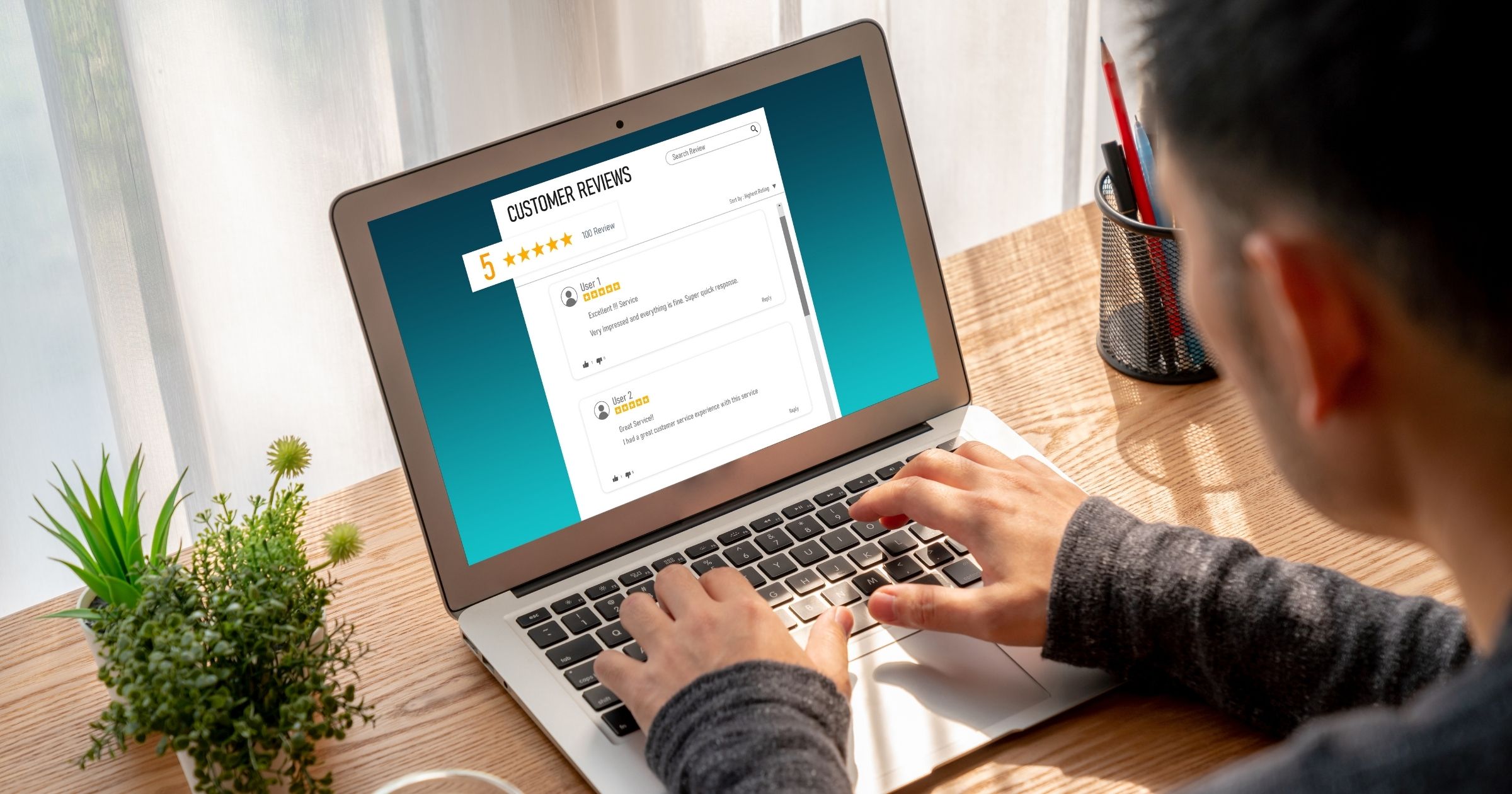The Importance of Web Design
We aren't exactly teaching kids these days not to judge a company by its website. When it comes to your Web presence, you might have great content, but your design has the greatest impact on how your clients perceive your business. And it's not just about captivating your clients—it's about trust.
In a study titled "Trust and Mistrust of Online Health Sites," researchers discovered that, out of all the factors that were mentioned for rejecting or mistrusting a website, 94 percent were design-related, whereas only 6 percent were content-related.
Specifically, study participants noted the following factors when mistrusting websites: busy or complex layouts, pop-up advertisements and flamboyant ads, small print difficult to read, boring Web design or a lack of color, and slow website intros or load times.
Web Designer Joseph Putnam notes in a blog post that a website's design often provides the first impression customers have of a company: "If the design is outdated, disorganized, cluttered or uses unappealing colors, it creates a poor first impression."
If you're designing a website—or if your website is outdated—consider these five elements to help ensure a trustworthy website design that will help draw more business.
1. Strategic Layout
Use the layout of your site to organize and highlight content, leading the user through a "story." Your main goals should be to tell your visitor what your business is about, and to give them an action to take next—whether it's driving them to a service or product page, filling out a contact form or more.
2. White Space
Busy or complex layouts deter users. Thus, it's important to use white space to your advantage. Also known as negative space, white space is the absence of other elements—and it doesn't have to be white. It can be a background color (see No. 4).
Key spatial relationships include consistency in spacing: Similar elements should include similar spacing, such as the amount of space between lines in a paragraph and the amount of wrap around images. Also consider that the more white space around an element, the more it will attract attention.
3. Typography
While you don't want to burden your website with loads of text, you also want to ensure your typography is visually enhancing, readable and consistent. Typography includes the font family, style and size. You can be playful with headings, but you'll want to choose typography that's easy to read for body copy. Keep in mind that too many font types and sizes can be visually distracting, and that sans-serif fonts are easier to read at smaller sizes than serif fonts.
4. Colors
Different colors and color combinations can evoke different emotions in people. Dark blue, for instance, sends the message your business is trustworthy, professional and secure. Colors also help draw attention to website features. When choosing a color scheme for your website, consider how your colors are going to be used and where you want to draw attention. You don't have to limit yourself to your logo colors, but you do want to use colors that complement your branding.
5. Great Images
Sites are boring and dull without images. Today's Web readers expect some amount of content mixed with photos, logos and icons. Don't rely on stock photos. With a relatively small set of great photographs, you could showcase products while creating stunning visuals that draw clients to your site.
Written by Cassie Westrate, staff writer for Groups Today.



